1920s - Baked Ham

Today, you might enjoy a baked ham for the occasional holiday, like Christmas, or you might eat it on a sandwich. However, in the 1920's it was a very popular dish. The ham would be soaked overnight and the following day it would be rolled into breadcrumbs and some kind of liquor.
Once baked and enjoyed at the table, you might it with some sides such as potatoes or peas and carrots. Besides eating just sliced ham, you might also make appetizers with it. Ham Canapes were appetizers made up of finely chopped ham mixed with chow chow and mayo. It was then placed on toasted bread.
1920's - Hoover Stew

Hot dogs have always been cheap, and that fact made them a hot food item following the stock market crash of 1929. Named after the President Herbert Hoover, something called Hoover Stew proved a cheap, hearty meal that could fill the stomachs of hungry families living in the Great Depression. Today we call the equivalent: hot dogs and mac n' cheese.
Hoover Stew could be enjoyed in a variety of ways. Besides, macaroni, you could eat it with other pastas or even potatoes. Mix in some tomatoes, beans or canned corn and you really had a filling, somewhat nutritious meal.
1930s - Mock Apple Pie
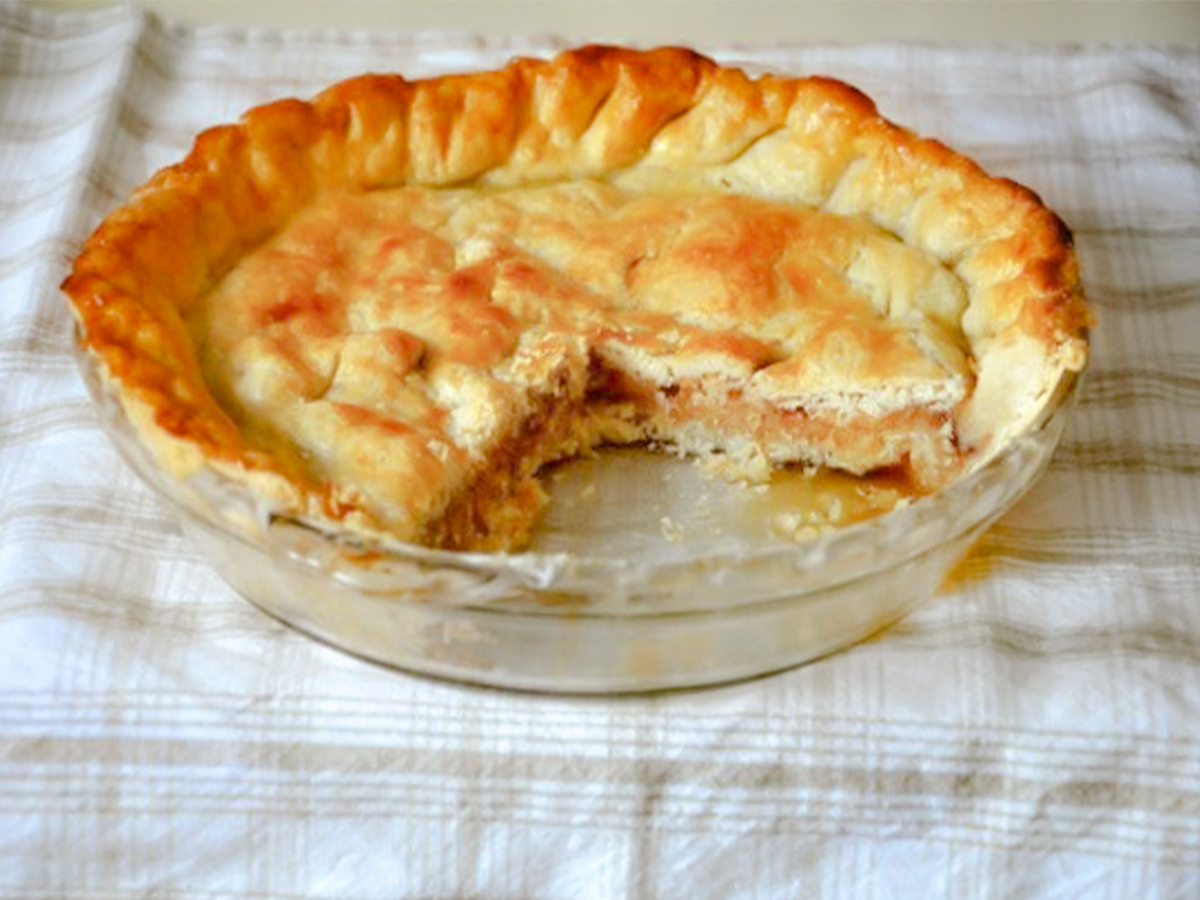
Apples are something we take for granted now, but only because they are readily available. In the 1930's, apples were a lot harder to come by. Because apple supplies became scarce, people had to improvise with Mock Apple Pie.
Mock Apple Pie featured crumbled crackers that mimicked the texture of tender, cooked apples. The crackers would be sprinkled with cinnamon, syrup and other spices on hand. These ingredients would then get baked into a crust just like a real apple pie. By 1934, Ritz featured a recipe for Mock Apple Pie on the back of their cracker box.
1930's - Mulligan Stew
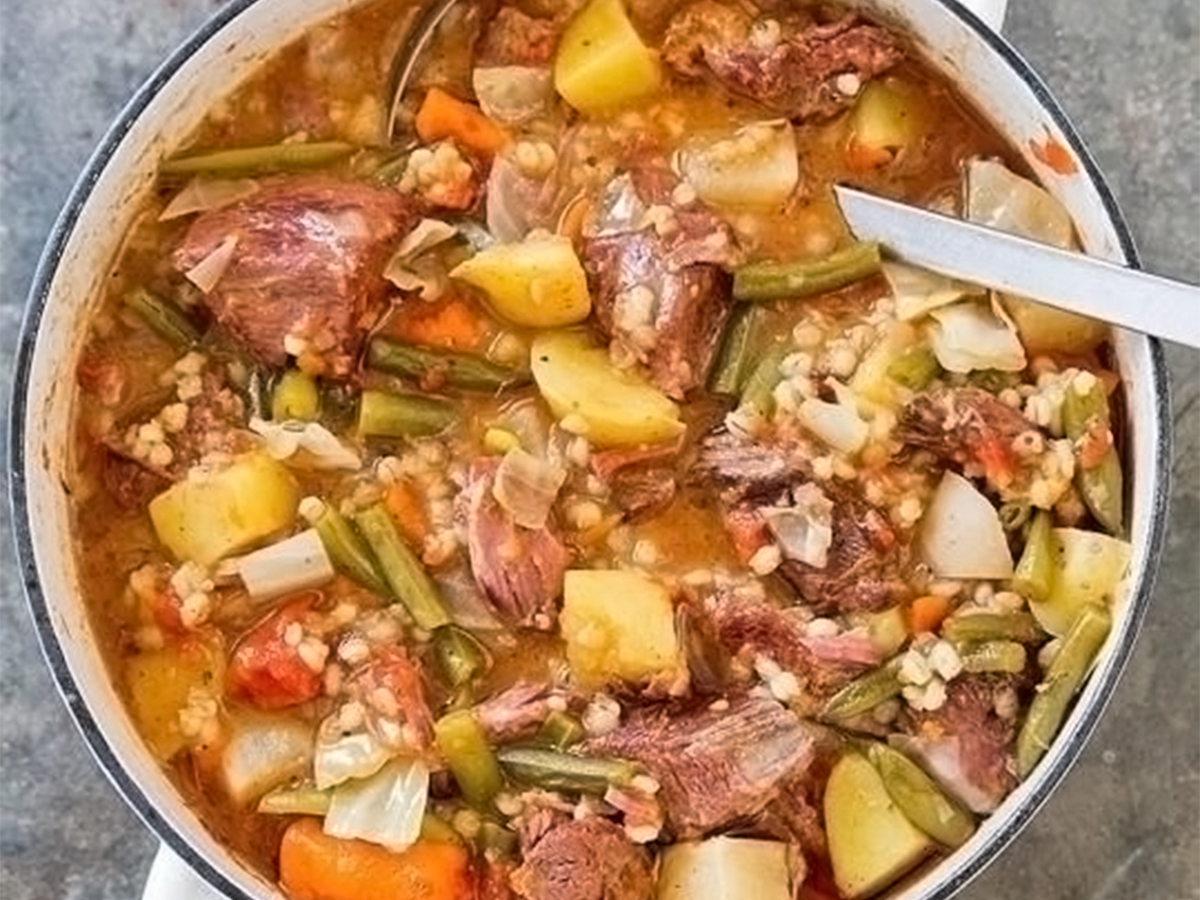
This is a truly strange meal, but for those hit hardest by the Depression, Mulligan Stew was a go-to meal. If you don't know, Mulligan Stew was just a mishmash of whatever the homeless population in the neighborhood could gather. Whatever could be safely consumed was fair game.
On a good day, Mulligan Stew might contain fresh potatoes, onions, tomatoes, and rice, and maybe bread as a filler. On some occasions, however, people were known to add very strange ingredients like sawdust and lint. Mmm...that's good eatin'.
1940's - Jello Salad
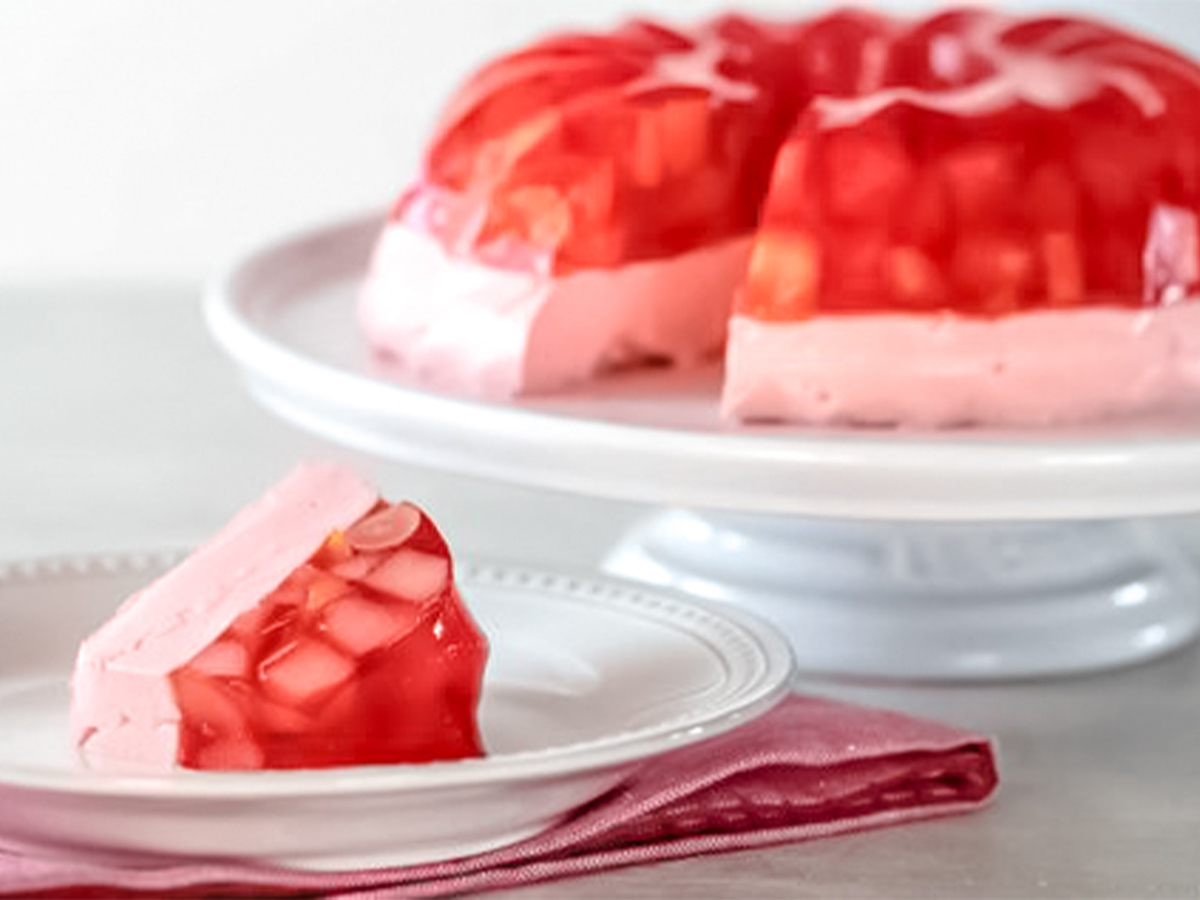
Jello Salad was a favorite during the 1940's because of the scarcity of food during wartime. If you are not sure what it is, it combines gelatin and fruit, and sometimes even vegetables like carrots. Usually consumed in the shape of a mold, Jello salad was consumed by most people in the 40s.
Jello salads could also be eaten with dairy products like cottage cheese, whipped cream, or even cream cheese. Marshmallow and nuts were other possible additions. As a dessert, it would be enjoyed well into the 1960s but has since become an outdated treat.
1940s - Meatloaf
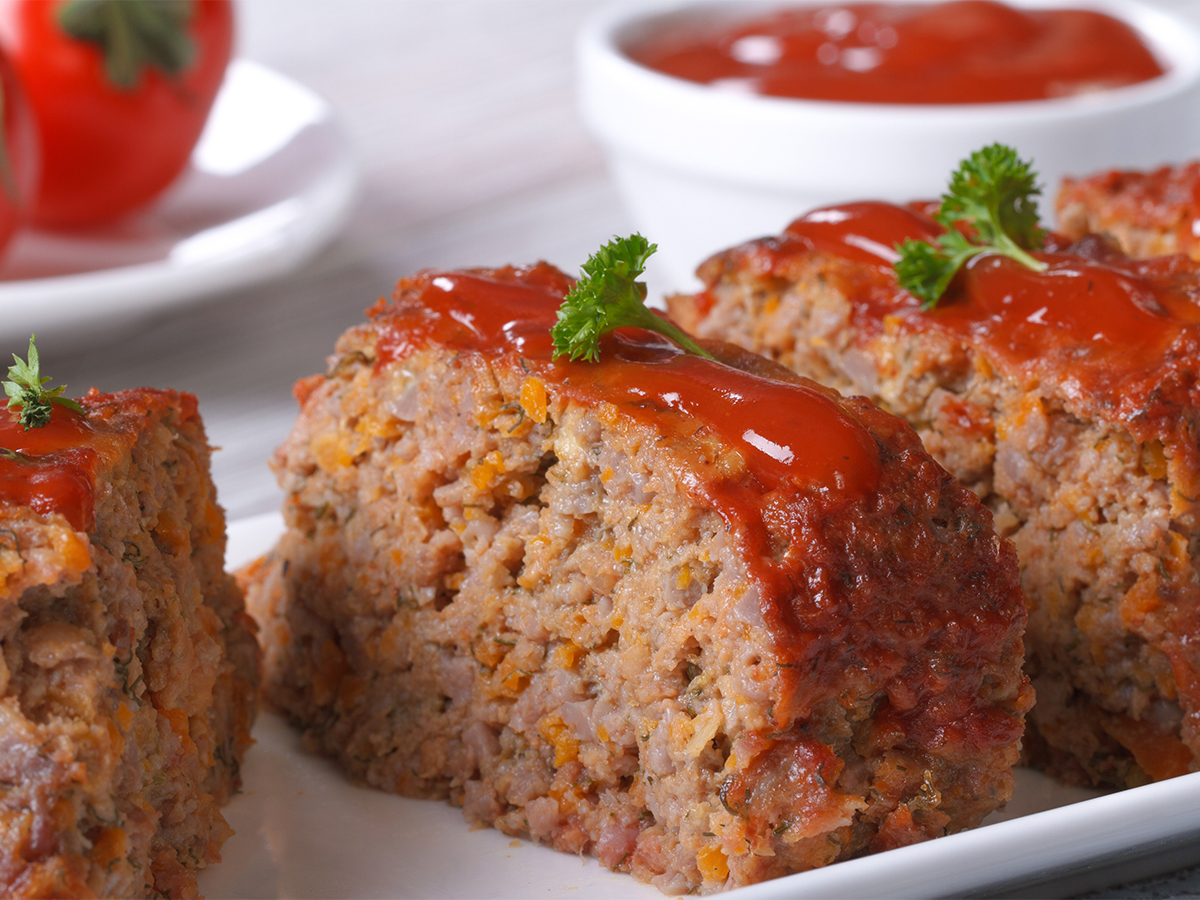
You may occasionally make this one now but it was extremely popular in the 1940s. There were numerous recipes for meatloaf back in the 40's so there was no one right way to make it. However, typical ingredients include ground meat, flour, eggs, milk, onion and tomato. These ingredients are combined and then baked in an oven.
Meatloaf may have become popular in the 40's but it was consumed far earlier in Germany where it was a traditional dish. By the Great Depression, meatloaf would gain popularity because it was inexpensive and could be made from leftover ingredients. Today many families use a variety of different kinds meats in their meatloaf, and there are even vegan meatloaves made from plant-based "meat."
1950's - Chicken a La King

Chicken a La King was a hugely popular dish in the 1950's. You could make it at home for your whole family or order it at the fanciest of restaurants. Today, it's certainly not as popular but you may have grown up eating it, nevertheless.
If you've never had it, the dish consists of diced chicken, a cream sauce, along with mushrooms or some kind of vegetable on top. It is usually served over noodles but can also be served over rice. Although it was invented as far back as the late 19th century, it was not popularized until the mid-20th century.
1950's -Tuna Casserole

By the 1950's, women were expected to leave the workforce after wartime to return to their traditional roles as housewives. Of course, around the house there is always much to do, especially when you have kids, and by the end of the day - it's exhausting. Casseroles were popular in the 50's because they are easy to prepare and even easier to cook. Just stick them in the oven!
Tuna casserole was perhaps the easiest and cheapest of casseroles for a housewife to cook. The main ingredients are pasta, canned tuna, a vegetable like peas, and a creamy soup for moisture. On top of the casserole, you can add breadcrumbs, potato chips, or crushed cornflakes. Baking this dish took just a half-hour, and if your family couldn't finish it all, then you could easily reheat it.
1960's – Lipton Onion Soup Dip
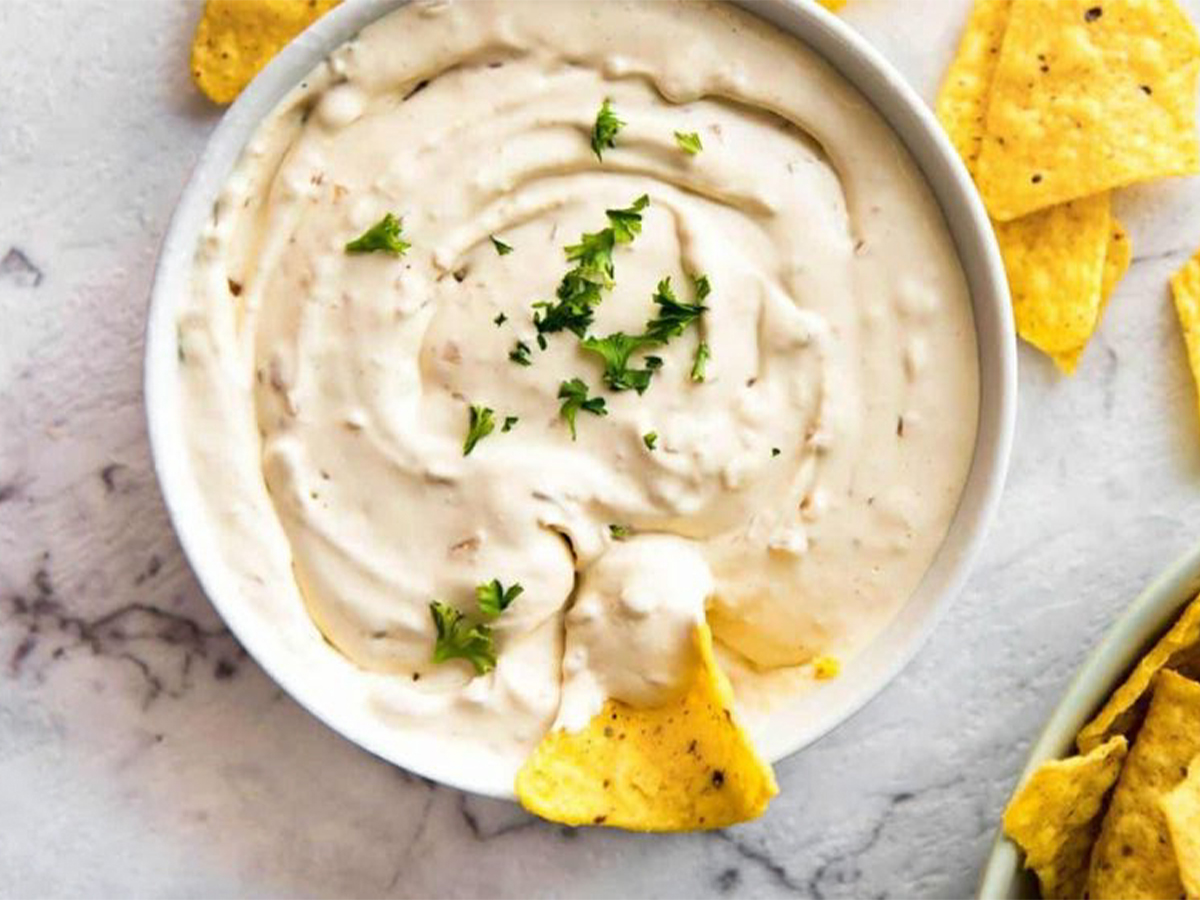
Onion dip was insanely popular in the 1960's. The most popular way to make it was with Lipton Onion Soup Mix because all you needed was a packet of mix and sour cream. This was an ideal snack or party appetizer. Before you started blasting the Beatles, Chubby Checker or the Lovin' Spoonful, you could whip up some Lipton Onion Soup Dip and break open a bag of chips or crackers for dipping.
If you want to throw a 1960's themed party this year, you can make the original recipe with one packet of Lipton's Onion Soup Mix and a 16-ounce container of sour cream. Chilling your dip and letting it sit for at least a half hour is the best way for the flavors to come together. Bon appetit!
1960's - Stuffed Celery
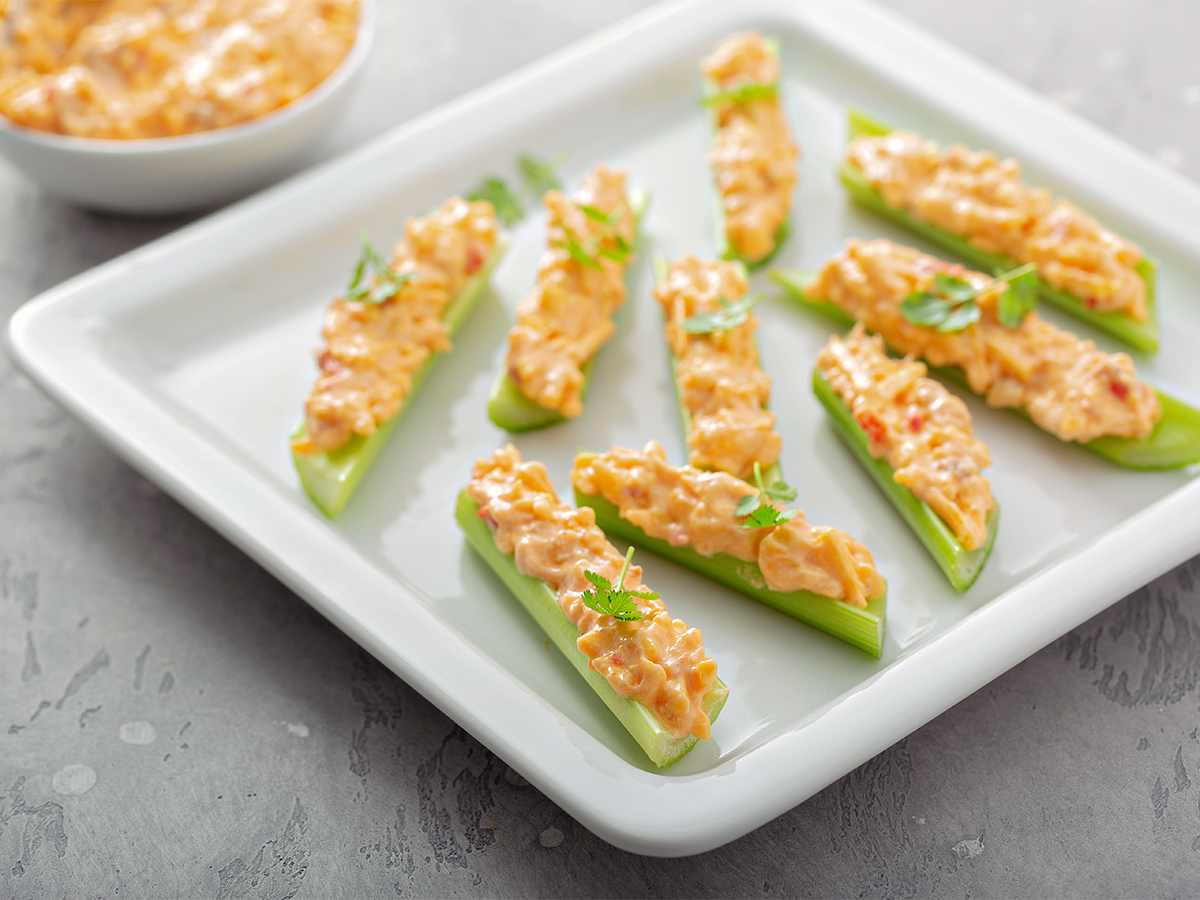
Another popular appetizer in the 60's was stuffed celery. It was ideal for dinner parties because it was simple to prepare and it was totally delicious, especially if you love cream cheese. Different variations of the time might include some kind of soft cheese, but the gist of it is to smear those celery grooves with some good filling.
If you want to make the classic version of stuffed celery, you only need a few ingredients. After you've cut your celery in four-inch pieces, mix up some cream cheese and pimento-stuffed olives. You might also add some spices like black pepper or paprika on top. Serve on a platter for a party or eat it all yourself.
1970's - Hamburger Helper

Hamburger Helper was first introduced in 1971 by General Mills under its Betty Crocker brand. It became an instant hit. With more women joining the workforce, and two household incomes becoming a thing, the demand for simpler meal solutions increased.
But in addition to its easy preparation, Hamburger Helper was a necessity in response to meat shortages happening at the time. As meat prices rose, hamburger meat was the most affordable, but there were only so many meals you could make with ground meat. Hamburger Helper gave families more options and it is still consumed today. In 1972, Betty Crocker offered Tuna Helper, which really helped mix things up.
1970's - Black Forest Cake

One of the most popular desserts in the 1970's was Black Forest Cake. Originating in German, the dessert is also known as schwartzwalder kirschtorte, but unless you majored in German, it doesn't exactly roll off the tongue. While the height of its popularity occurred in the '70s, many still enjoy it today.
If you've never tried a black forest cake, it features layers of whipped cream and cherry filling between layers of chocolate sponge cake. On top it is decorated with chocolate shavings and maraschino cherries. Traditionally, Germans add a sour cherry spirit known as kirschwasser to the cake, but you won't find that at your local supermarket.
1980's - Ranch Dressing
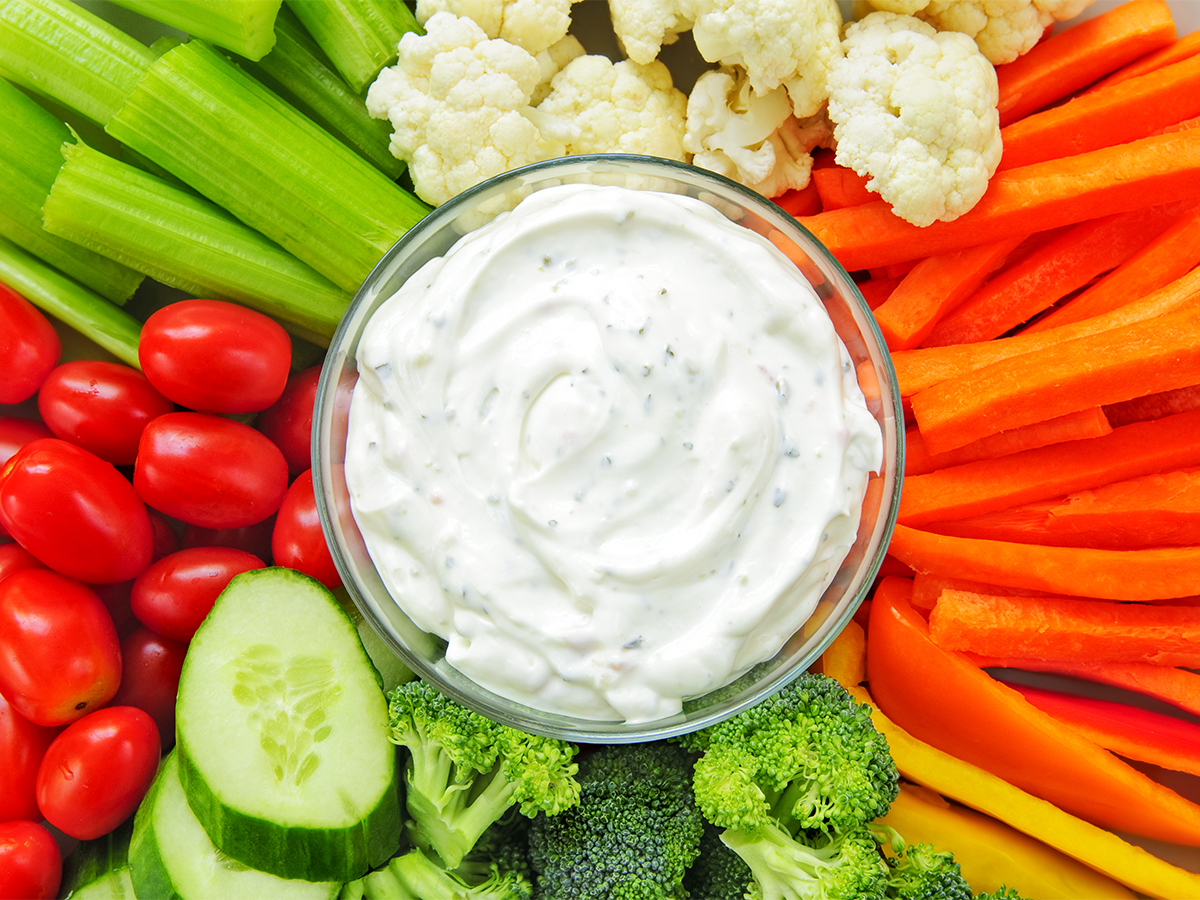
Ranch Dressing was invented as far back as the 1950's but at that time it was just a family recipe from Steve Henson, a plumber turned ranch owner. In 1972, Clorox bought his Hidden Valley Ranch Dressing and Henson made millions of dollars. After that, Clorox began tweaking the recipe and came up with a dressing that had a much longer shelf-life and it didn't even need to be refrigerated.
By the 1983, Hidden Valley Ranch soared into popularity. In addition to dressing, you could also find ranch-flavored snack foods. For example, 1987 was the year Cool Ranch Doritos were introduced. Today, ranch is still one of the most popular salad dressings and dips on the market.
1980's – Sloppy Joes

The Sloppy Joe became an essential comfort food in the 1980's. Invented in the early 20th century, Sloppy Joes went by many names (such as Toasted Deviled Hamburgers and Spanish Hamburgers) until they got the name Sloppy Joes in the 40's. Packaged Sloppy Joe meat and just the sauce started selling by the 60's but it wasn't until the 80's that this food was at the height of popularity.
You probably ate it growing up, but for those who didn't, the meat mixture contains ground beef or pork, tomato sauce, onions, Worcestershire sauce, and seasonings such as garlic and chili powder. For a healthier version, you could substitute ground beef with ground turkey or plant-based meat.
1990's - Lunchables
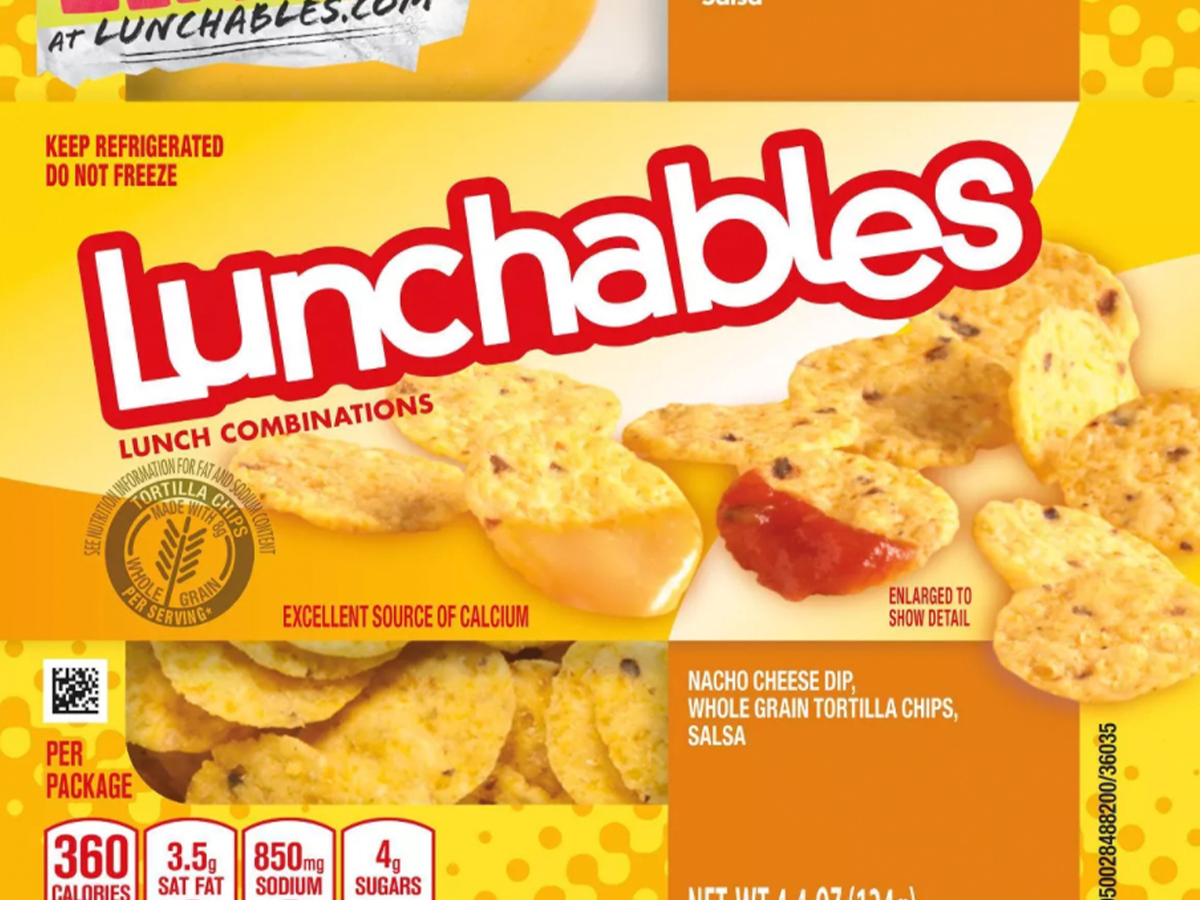
Sure, a nice turkey sandwich would have been the healthiest option for kids growing up in the 90's. But why would you want that, when you could have processed bologna and cheese between two crackers? Produced by Oscar Meyer, Lunchables were launched in the late 80's and became widely popular with kids in the 90's.
Lunchables only got bigger with variations such as nuggets, nachos, small hot dogs, small pizzas, and small subs. Later, Lunchables would feature candy and sugar-filled Capri Suns (a popular 90's drink) for a premium price. Now kids could have all the foods you don't want them to eat in one convenient "meal."
1990s - Hot Pockets
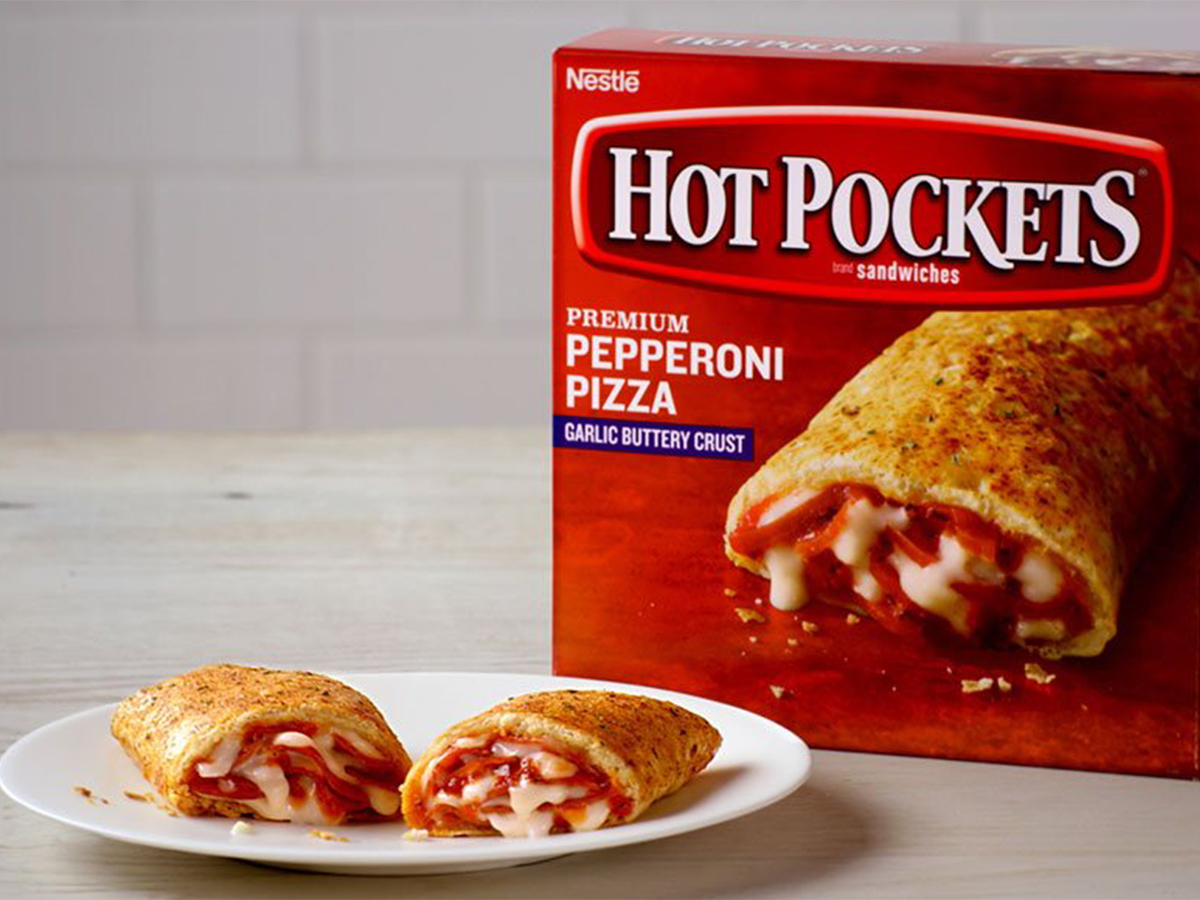
Hot Pockets were another popular fast meal in the 90's. These microwavable turnovers were savory TV dinners that featured different types of meats, cheeses and vegetables. Today there are breakfast, lunch and dinner varieties to choose from.
If you grew up in the 90s, you probably remember the commercials. Of course, the Hot Pockets in the commercial looked nothing like what you got but that never stopped us from eating them anyway. The main flavors at the time were pepperoni pizza, ham and cheese, and chicken and cheddar.
2000's - Smoothies
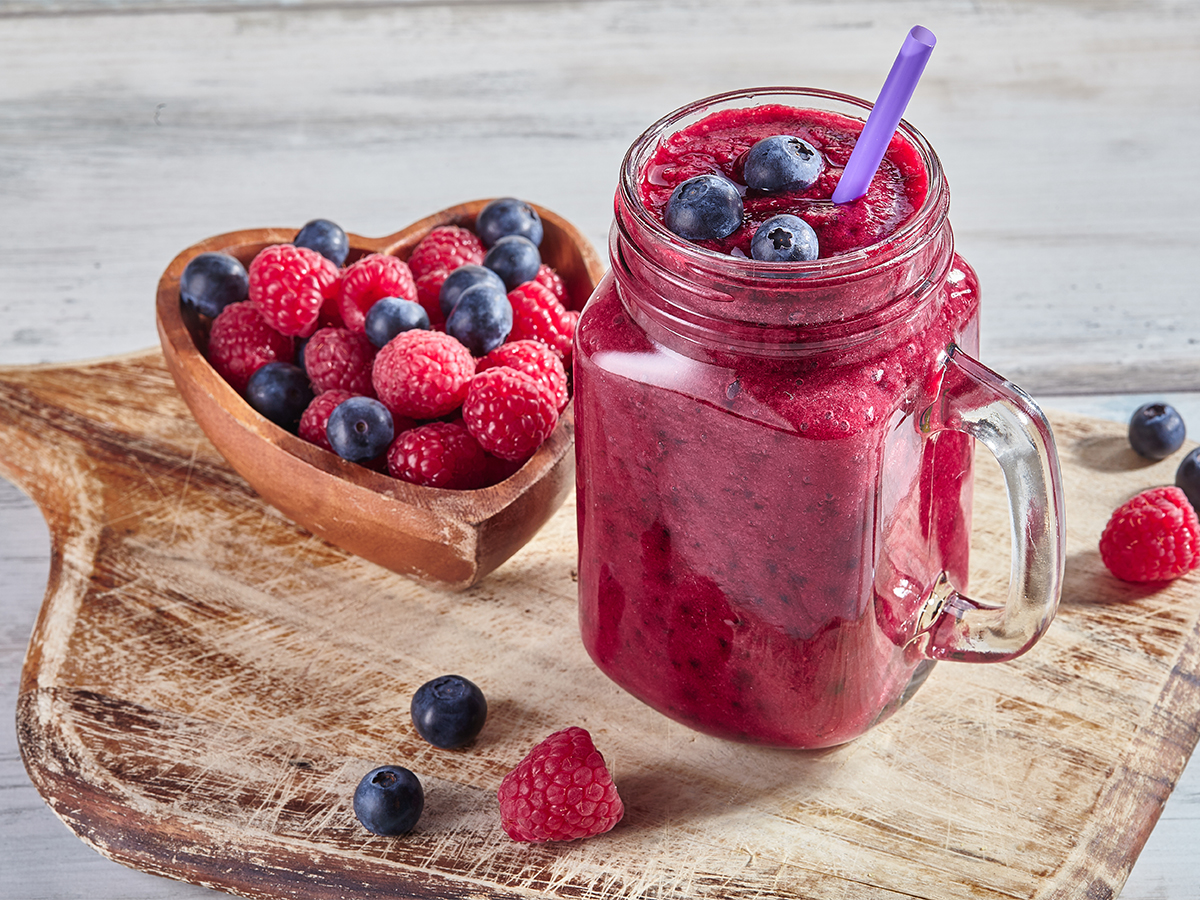
Let's face it: eating fruit is too hard. So, why eat your fruits when you could drink them? At least, that was the sentiment in the 2000's.
Smoothie franchises like Jamba Juice, Robeks and Juice It Up were especially popular on the west coast. At home, everyone had their favorite smoothie ingredients from the frozen fruit aisle and you could add yogurt, milk, honey and juice. Of course, nobody told us just how much sugar we were consuming or that we also had to eat our vegetables too. Luckily, now there's a fix: kale!
2000's - Sliders
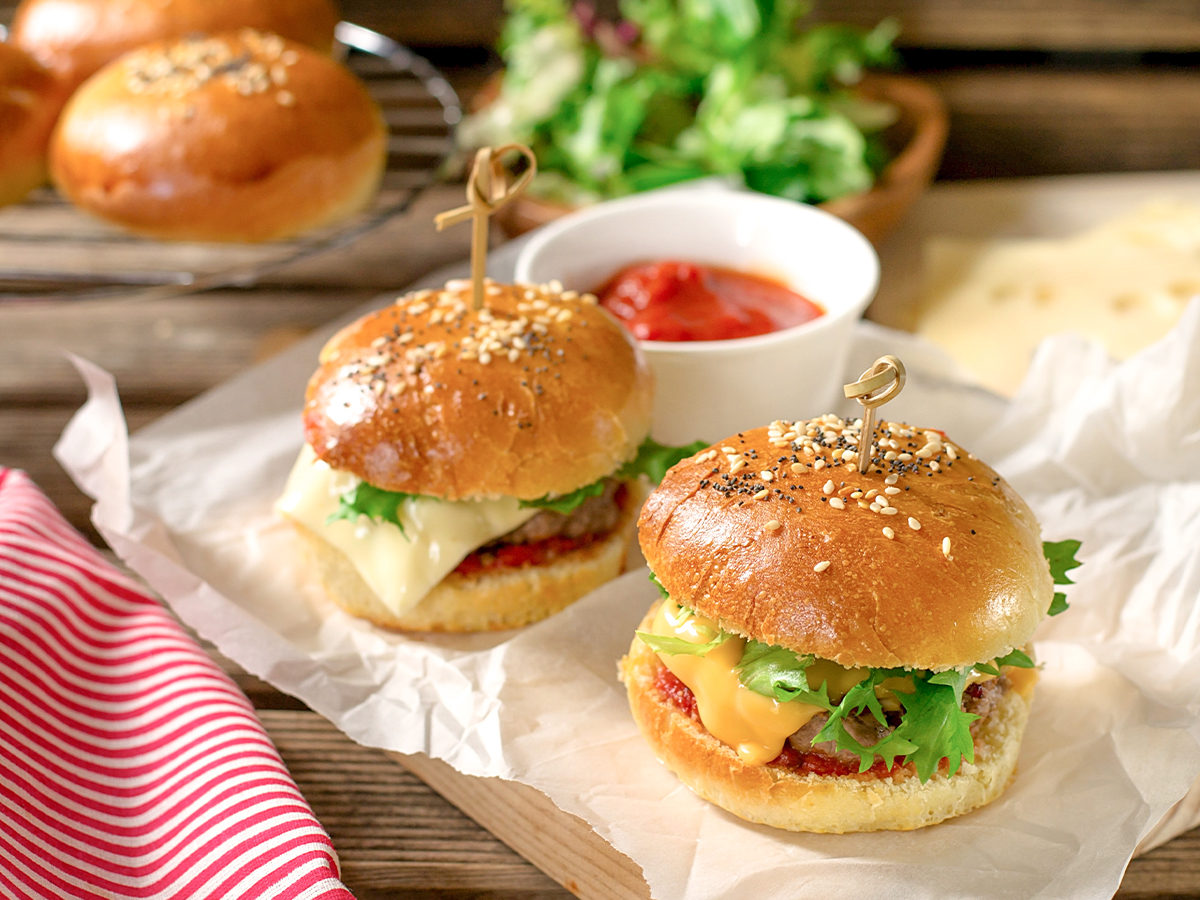
Eating a lot of unhealthy foods is, of course, bad for you. Luckily in the 2000's we came up with a solution: make the "bad" foods smaller. Sliders were a big thing in the 2000's because they allowed you to eat lighter and have a hamburger as an appetizer rather than a whole meal. Of course, they aren't really filling unless you like two or three...or four.
The term sliders seems to originate from White Castle, which has been serving them for years. However, sliders made at home or in a restaurant are a lot fresher tasting with all the ingredients you would find on a homemade burger. You could use a roll as a bun or purchase slider buns.
2010's - Avocado Toast

Avocado toast is the quintessential millennial food that became a hit over the past decade. Avocado toast is just an open-faced sandwich with sliced or mashed up avocado on top. You can add some citrus or seasoning such as salt and pepper.
Native to the American continents, avocados are particularly popular in California. Because avocados are high in good fats, they make a filling but healthy snack. If you are in need of some protein, you can easily add an egg on top of your toast.
2010's - Kale
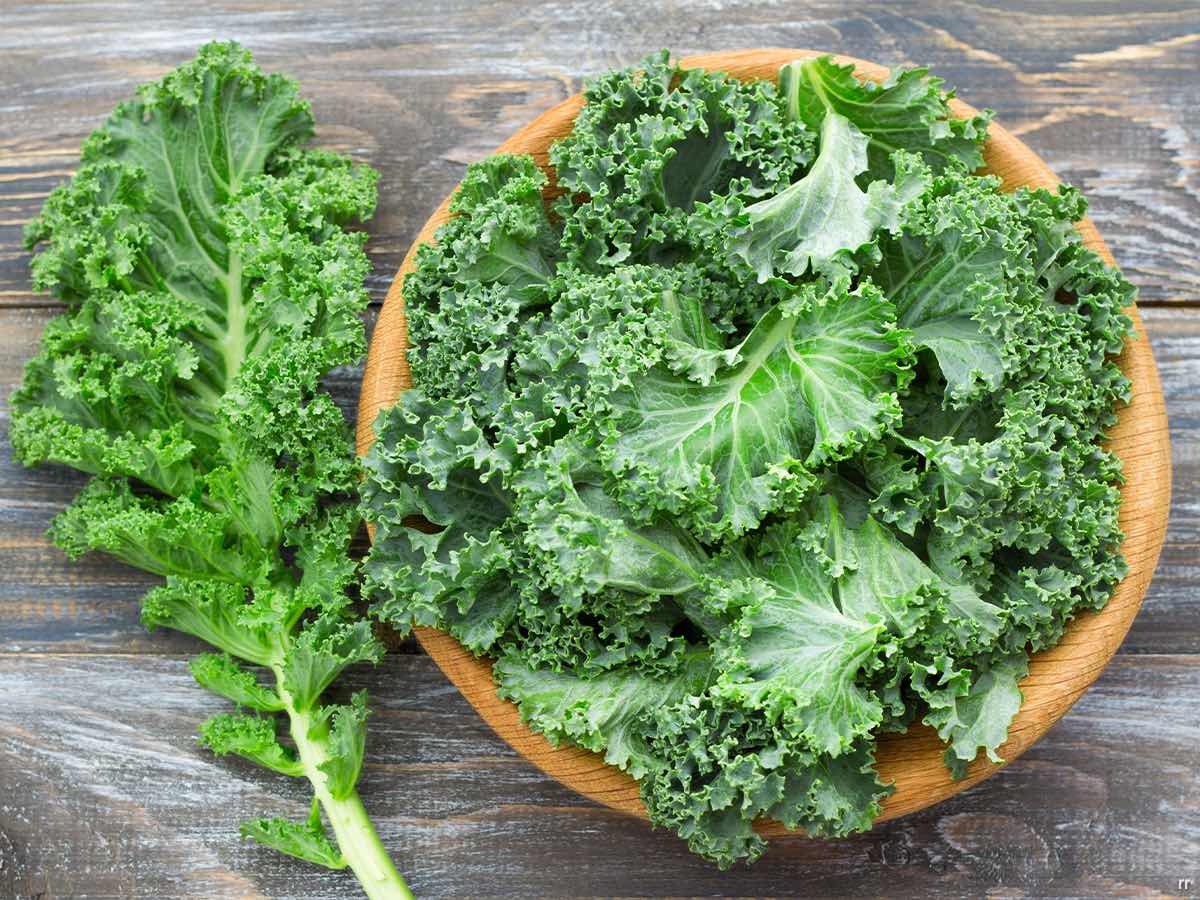
Kale is another defining food of the 2010's. To get their vegetable intake, in addition to fruit, people started adding kale to their smoothies. People have also cooked with kale, sauteing it and adding it to salads. It is often included as an ingredient in superfood powders.
Make no mistake, kale is a healthy food. It is rich in vitamin A, K, B6, potassium, and calcium, as well as copper and magnesium. Kale helps promote a healthy heart, improves cell function and helps fight certain types of cancers. But these are just some of the things kale can do for you.
2020's - Burritos
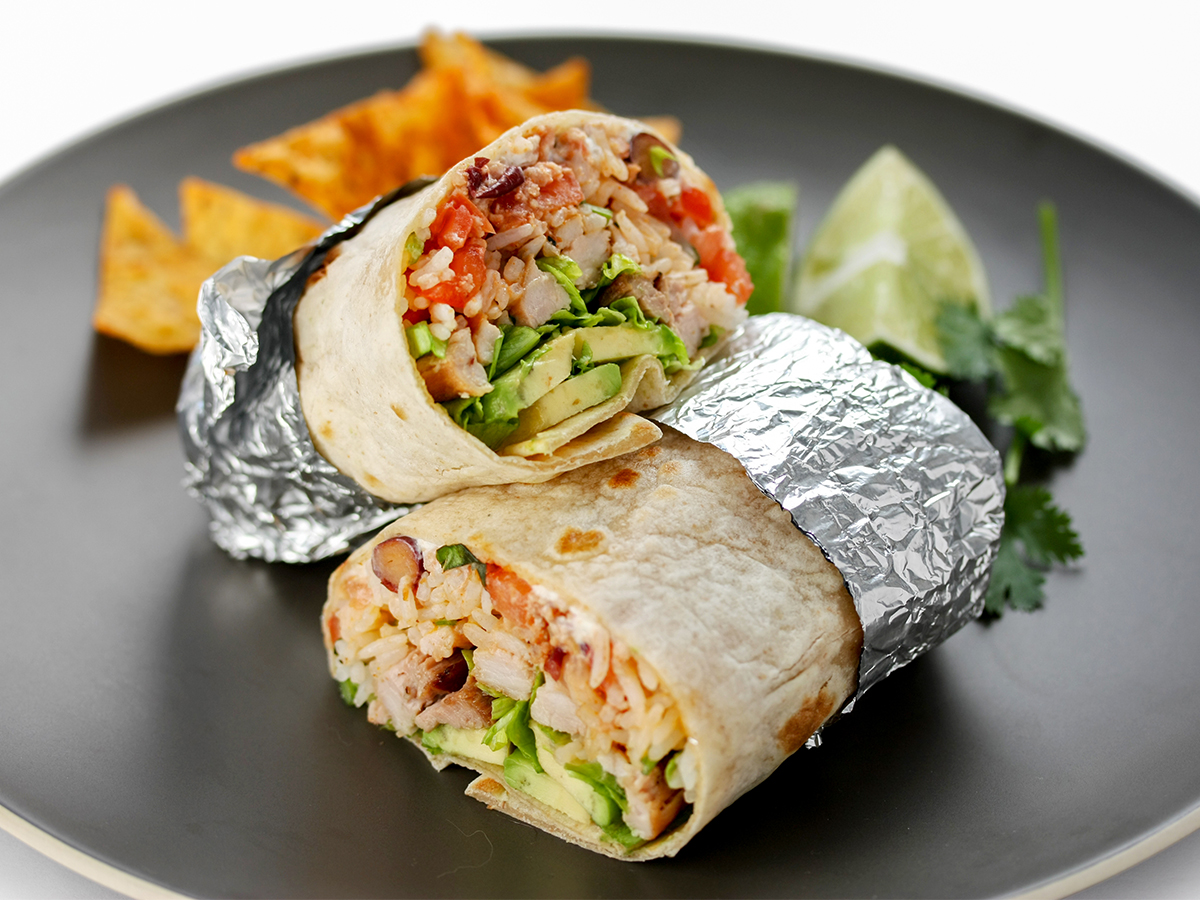
With the COVID-19 forcing everyone on lockdown, it's difficult to say just what the most popular foods were for 2020 or what people were making in their homes. Luckily, Grubhub's statistics of the most ordered foods of the year can clue us in. Burritos were one such popular food - for breakfast and for dinner.
Chorizo breakfast burritos increased in popularity over previous years, as did beef burritos. Chimichangas, which are fried versions of burritos, were also popular. This is likely because, unlike other food items, burritos are usually wrapped in foil, so they keep warm for delivery. On top of this, you can reheat them in the microwave without losing too much moisture or changing the flavor.
2020's - Spicy Chicken Sandwich
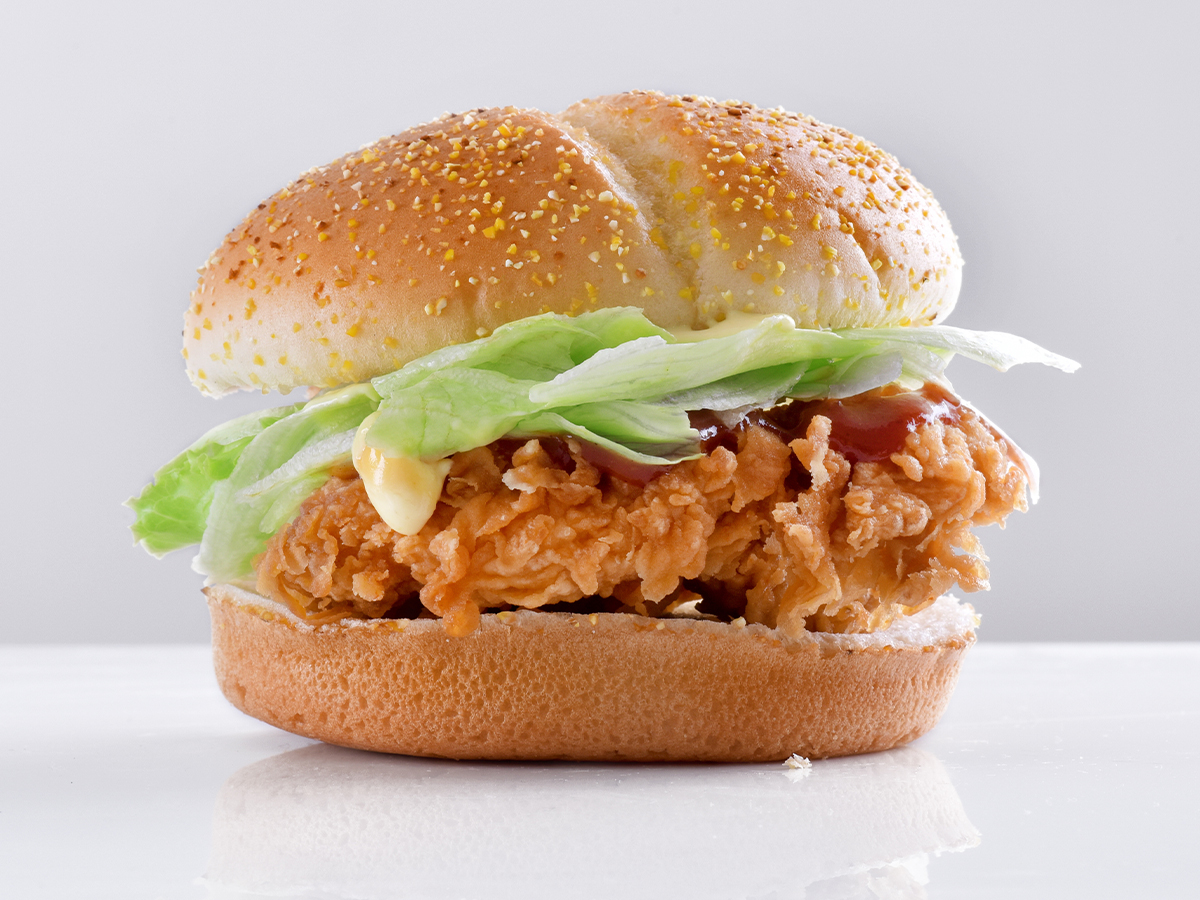
If there is one defining food for the year 2020, it's the spicy chicken sandwich. Craving something new and interesting in our mundane lives while trapped at home, the biggest food franchises sought to add a little spice into our lives. Although it may not seem like much, it transformed our lives briefly by giving us something else to talk about besides how lame 2020 is.
When it came to the Spicy Chicken Sandwich, the most popular new options available to customers came from Chick-fil-A, Popeye's and McDonalds. Chick-fil-A offered the Spicy Chicken Sandwich, and the Spicy Deluxe Sandwich topped with pepper jack cheese. Popeye's offered a truly scrumptious and flavorful Spicy Chicken sandwich with Cajun seasoning that was breaded with a new buttermilk coating. Meanwhile, McDonald's had the Hot 'n Spicy McChicken, which is basically just a spicy version of the same McChicken they have been selling for years.
 Author
James Stephens
Last Updated: December 11, 2025
Author
James Stephens
Last Updated: December 11, 2025